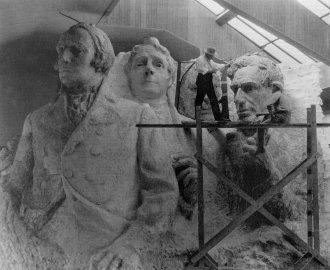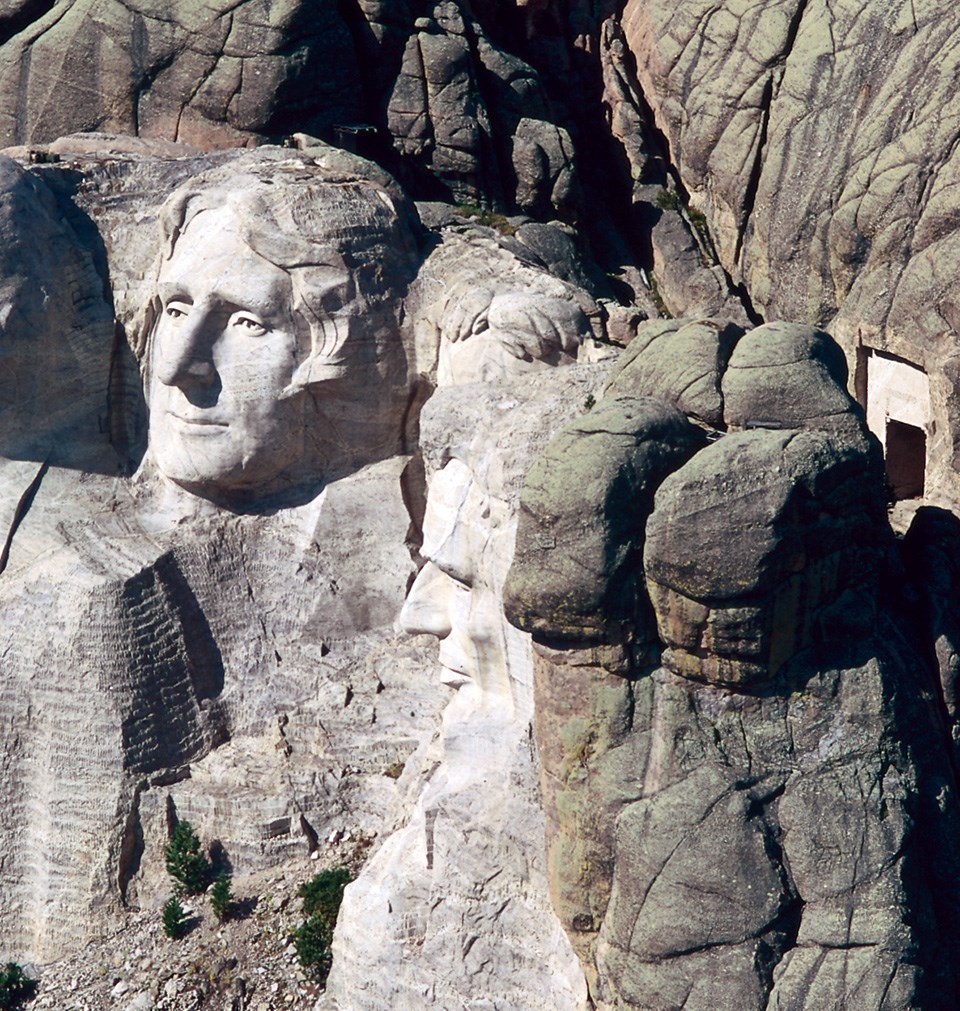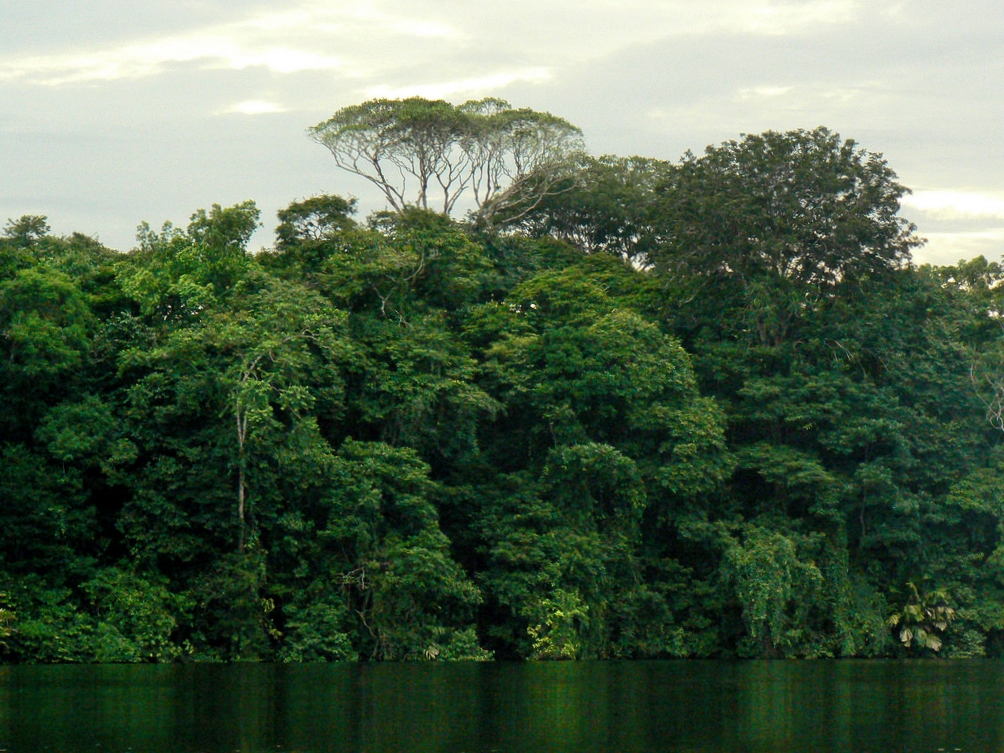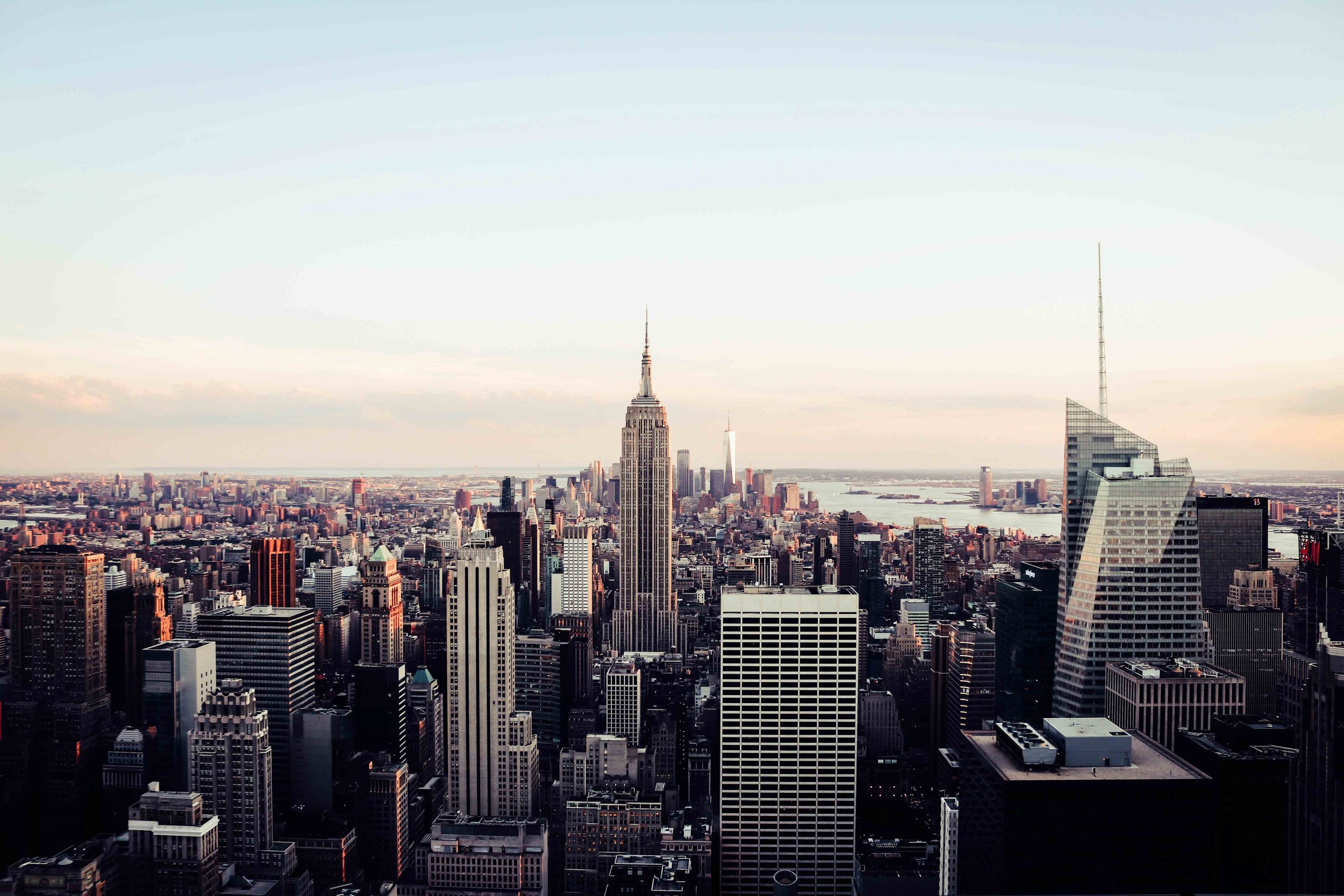Hit the play button above to listen to the episode, or find us on iTunes, Android, Stitcher, GooglePlay, or RSS.
The original design for one of America’s most recognized monuments was very different from its finished product.
Lead sculptor Gutzon Borglum meant to depict the four presidents from the waist up and Susan B. Anthony was almost added to the landmark.
In this episode, we exploring the obscure history of Mt. Rushmore and the secret room built beneath the granite. Hit play to listen to the episode below:
Located in the Black Hills of Keystone, South Dakota, Mt. Rushmore is visited by over 2 million people a year. That’s more than double the population of the state itself. jThis massive monument depicts the faces of George Washington, Abraham Lincoln, Theodore Roosevelt, and Thomas Jefferson.
Completed in 1941, each face stands at 60-feet tall.
One unusual fact about this nearly 1-billion-dollar project is that it suffered no casualties. A very rare occurrence for a job of this size and this time in US history.
Lead sculptor Gutzon Borglum and 400 workers took 14 years to carve the faces of these former Presidents. This huge undertaking went through a series of unforeseen changes. For example, the head of Thomas Jefferson was supposed to appear on the right side of Washington’s but the rock where it was to be carved was too unstable.
Instead, Jefferson appears on the left side of Washington, where a large outline of the Louisiana purchase was supposed to be carved. The outline was to include an inscription with 8-foot-tall letters, commemorating the Louisiana purchase and seven other US territorial acquisitions, like the purchase of Alaska and the annexation of Texas.
In 1937, famous women's rights activist Susan B. Anthony was also added to the list of faces to appear on the cliff side. But with the onset of WWII, Congress scrapped the idea.
They also scraped another major addition to the monument.
Deep behind the enormously carved head of Abraham Lincoln is a secret room. Originally intended to be an 80 x 100-foot long chamber, it was designed to hold some of America’s most treasured historical documents and artifacts.
Inspired by the mystery of the Egyptian Pyramids and other man-made wonders of the world, Borglum was concerned with leaving four faces carved into a cliff without any context.
Plans for the Mt. Rushmore Hall of Records as it’s known, was supposed to be a time capsule for future civilizations to discover. Inside, the walls would be carved with depictions of pivotal moments in US history. It would also house the original declaration of independence, the constitution, and more. It would even include smaller busts of famous Americans and a list of U.S. contributions to the world.
A grand chamber entrance marked with a huge bald eagle carved above its doors would be accessed by an 800-foot granite stairway starting at the base of the cliff.
Workers in the 1930s, hollowed out a 70-foot-long room into the rock when their lead sculptor died, halting the project indefinitely. Borglum’s grand scheme for the hall never came to be and the unfinished room was left empty for decades.
That is until 1998 when a repository of records was placed into the floor of the hall of records entry. The repository consists of a wooden box, inside a titanium vault, and covered by a half ton granite capstone.
In the vault are sixteen porcelain panels containing inscriptions that detail the story of how Mt Rushmore came to be. As well as the reasons for selecting the presidents depicted and a short history of the United States.
The 800-foot-tall stairway was never built and so the hall of records is not accessible to the public. Instead, it’s left for people thousands of years from now, who might wonder about the carvings in the same way we wonder about the pyramids of Egypt.
For now, visitors are only allowed to view the impressive monument at a distance. Climbing the cliff face is prohibited and so is summiting the mountain. If you do see any climbers on the monument, they’re probably a maintenance crew. Every year, climbers from the National Parks Service monitor and seal cracks in the rock.
The monument itself is not without controversy.
The land it sits on was seized from the Lakota Tribe in 1876, despite a treaty 8 years earlier, granting them the land. Some Native Americans consider the carvings offensive, and in response, the Crazy Horse Memorial Foundation began construction on a monument of their own.
Near Mt Rushmore, a huge Native American monument has been in the works. When completed, the project will depict war chief Crazy Horse on horseback.
In 1998 the massive face of the chief was finished, but it’s still a long way from completion.
If the entire monument was completed today, it would be the largest in the world.
You can easily visit both Mt. Rushmore and the Crazy Horse Memorial. They’re only a 20-minute drive away from each other.
The grounds at Mt. Rushmore’s are open from 5 am to 9 pm every day except on Christmas. There isn’t an entry fee, but parking is ten dollars.
The Crazy Horse Memorial is open every day from 8 am to 4 pm. Except on Native American’s Day. Admission is $12 dollars per person and parking is free.
Don't forget to hit play and listen to the episode below:
Be sure to subscribe wherever you’re getting your podcasts, tell a friend or family member about us, and follow us on Instagram, Twitter, and Facebook where you can find more of our content.
-
Music: Words by Jason Shaw and Running Water by Jason Shaw





























